Have you caught the surfing bug and don’t know what to do next? In this step-by-step guide, you’ll learn how to progress in surfing, avoid common mistakes, and enjoy your time in the water even more. From gear tips to surf etiquette, training advice and key beginner tips—everything you need is here.
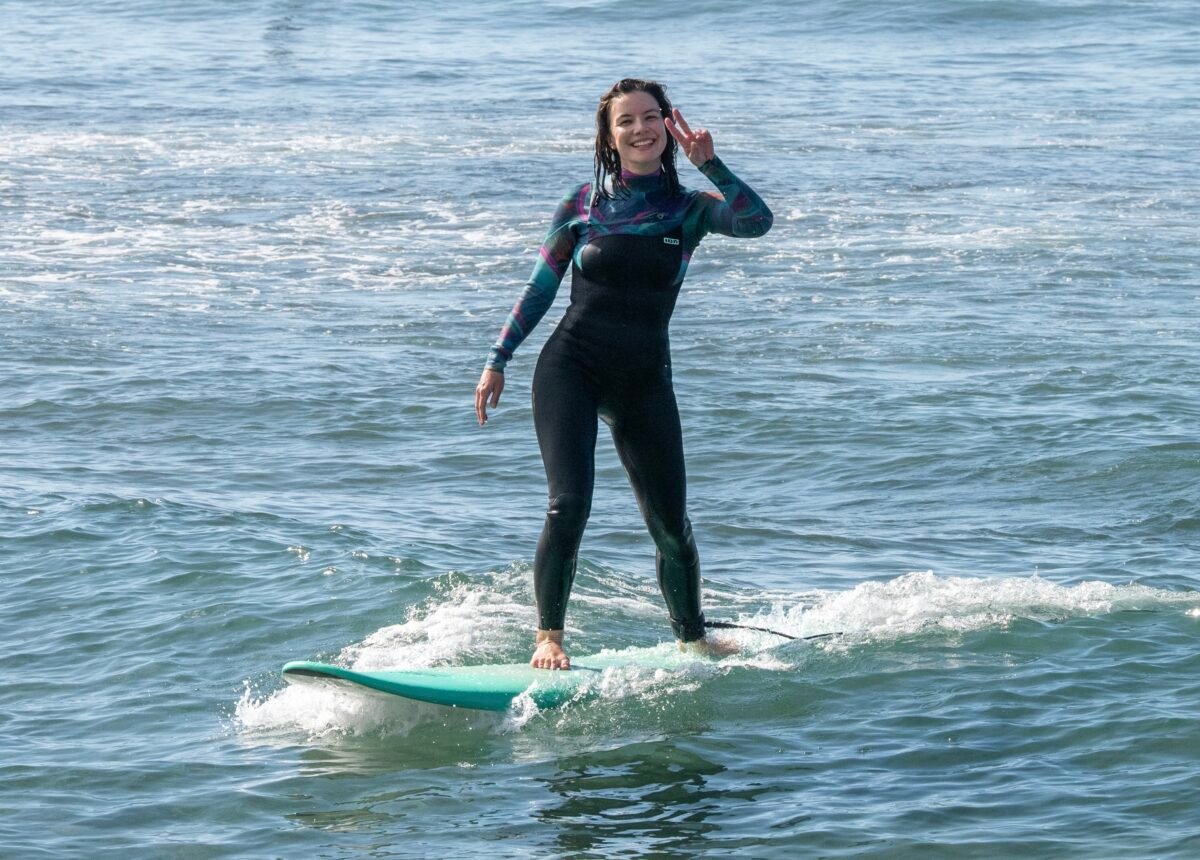
H1. Know and Respect the Rules of Surfing
Before paddling out on your own, there’s one crucial thing every surfer needs to learn: surf etiquette. The ocean is a shared space, and understanding these unwritten rules will help you stay safe, earn respect, and enjoy your sessions.
✅ Basic Surfing Rules for Beginners:
Wave priority: the surfer closest to the peak has the right of way.
No drop-ins: if someone is already riding the wave, don’t take it.
Don’t snake: don’t paddle around others to steal priority.
Use the channel to paddle out: avoid getting in the way of riders.
Call your direction: say “left” or “right” so others know where you’re going
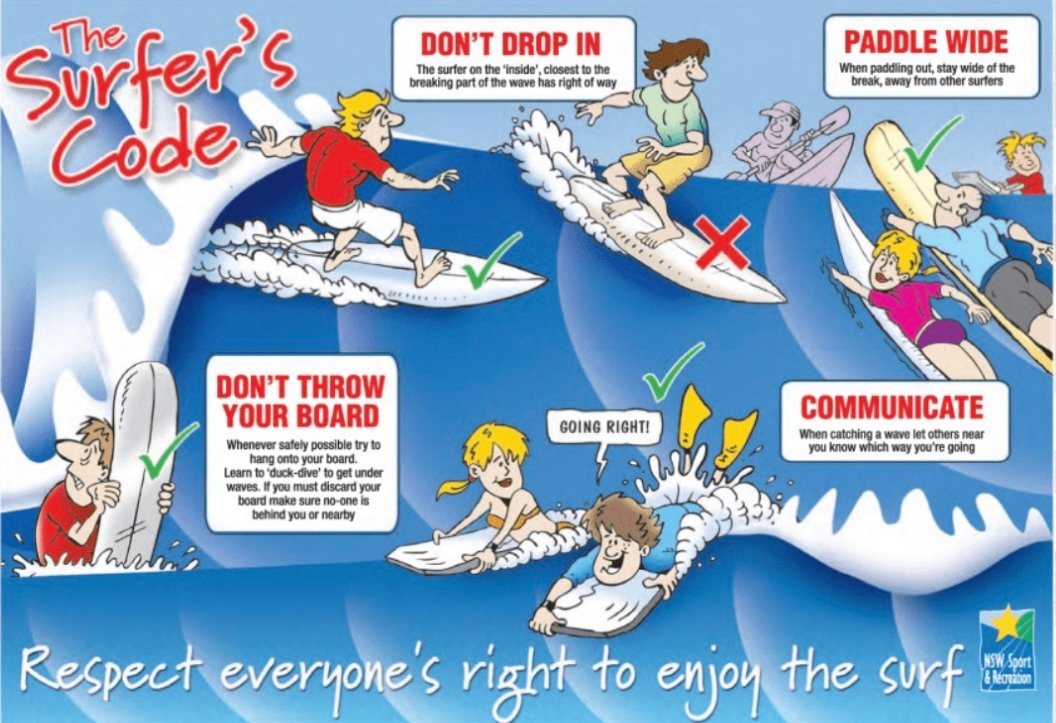
👉 Following these rules will make you more respected in the lineup—and help avoid accidents.
H2. Join a Surf School to improve faster
If you really want to learn how to progress in surfing, joining a surf school or local club is one of the smartest moves you can make. Professional coaching accelerates your progress and builds confidence in the water.
Benefits of a surf school:
Learn correct technique and water safety
Get real-time feedback
Meet others at your skill level
Gain confidence in real conditions
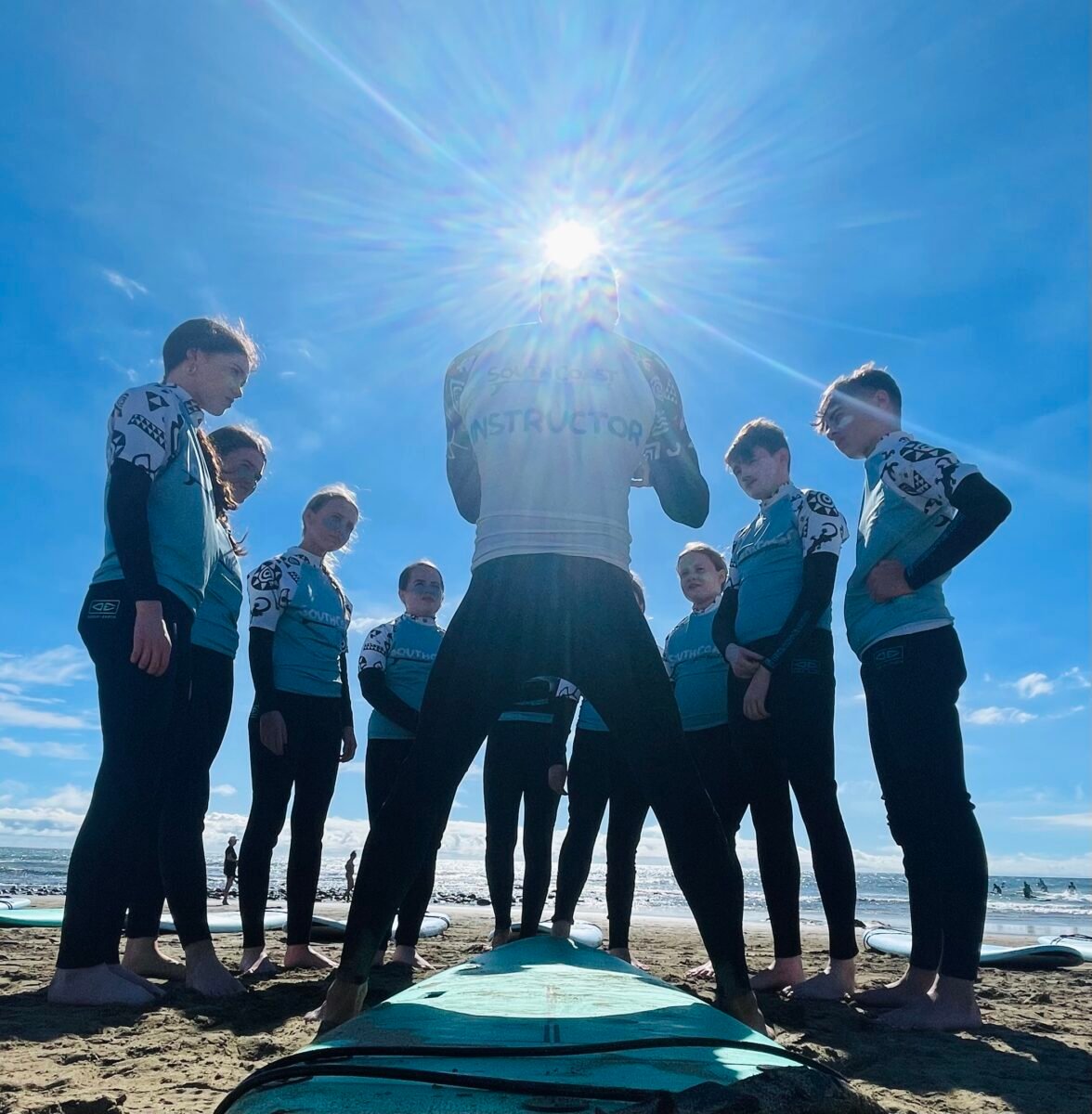
H3. Choose the Right Surf Gear for Your Level
Many beginners struggle or give up simply because they’re using the wrong board. If you want to progress, choosing the right beginner surfboard and wetsuit is essential.
🏄♂️ How to choose your surfboard:
Board type: start with a soft-top foam board or funboard.
Size: go for a board between 7 and 8 feet long.
Volume and width: look for boards with 50–70 liters of volume and 20–22 inches in width.
You can visit this post if you are a little more advancedhttps://www.southcoastsurfschool.com/es/como-elegir-tabla-de-surf-segun-tu-nivel/
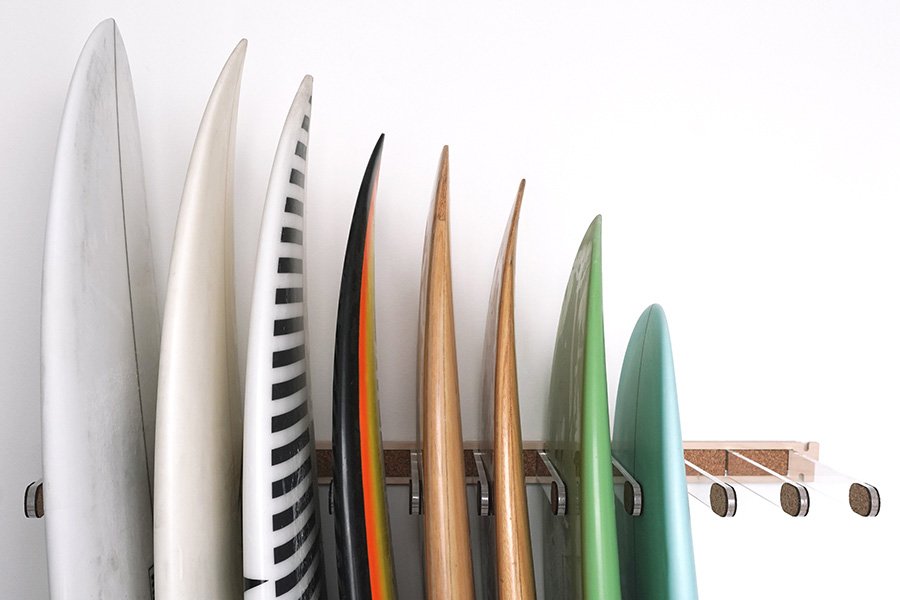
H4. Train Outside the Water: A Key to Surfing Better
Surfing demands endurance, strength, flexibility, and balance. If you can’t surf every day, training out of the water will help you stay ready and improve your performance as you can see in this post https://www.southcoastsurfschool.com/es/como-mejorar-la-remada-en-el-surf-ejercicios-tecnica-y-consejos/
Best exercises for surfers:
Mobility drills and dynamic stretching
Core workouts for balance and stability
Upper body strength for paddling
Cardio to boost stamina
Yoga or Pilates to improve flexibility and breath control
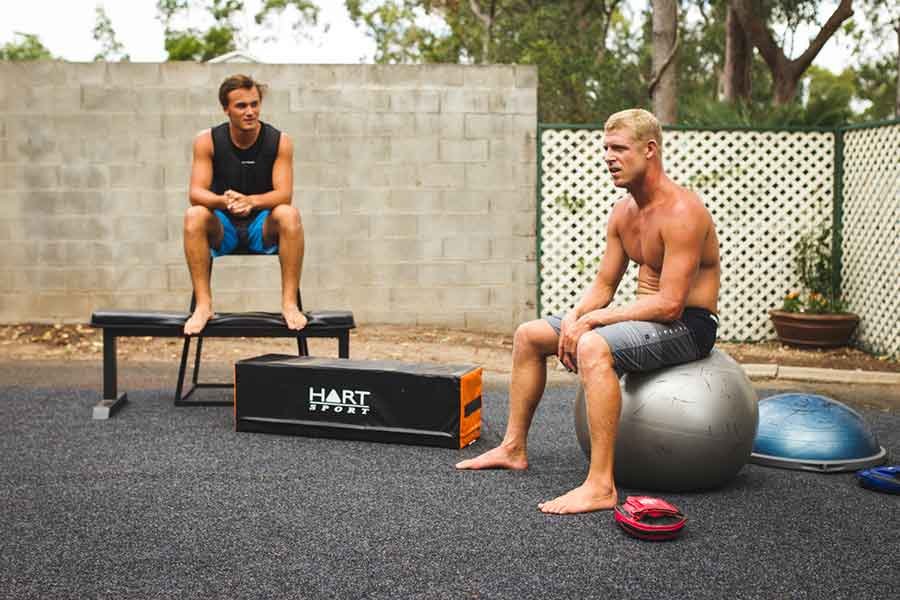
H5. Keep Learning: Every Session Is an Opportunity
Progress in surfing doesn’t happen overnight. But if you stay consistent, every wave is a lesson. Watch other surfers, ask questions, study videos and articles, and keep building your surf knowledge.
Not sure what a cutback, bottom turn or duck dive is? That’s great—you’ve got so much more to explore.
🔎 Check out tutorials, read beginner guides, and most importantly—spend time in the water.
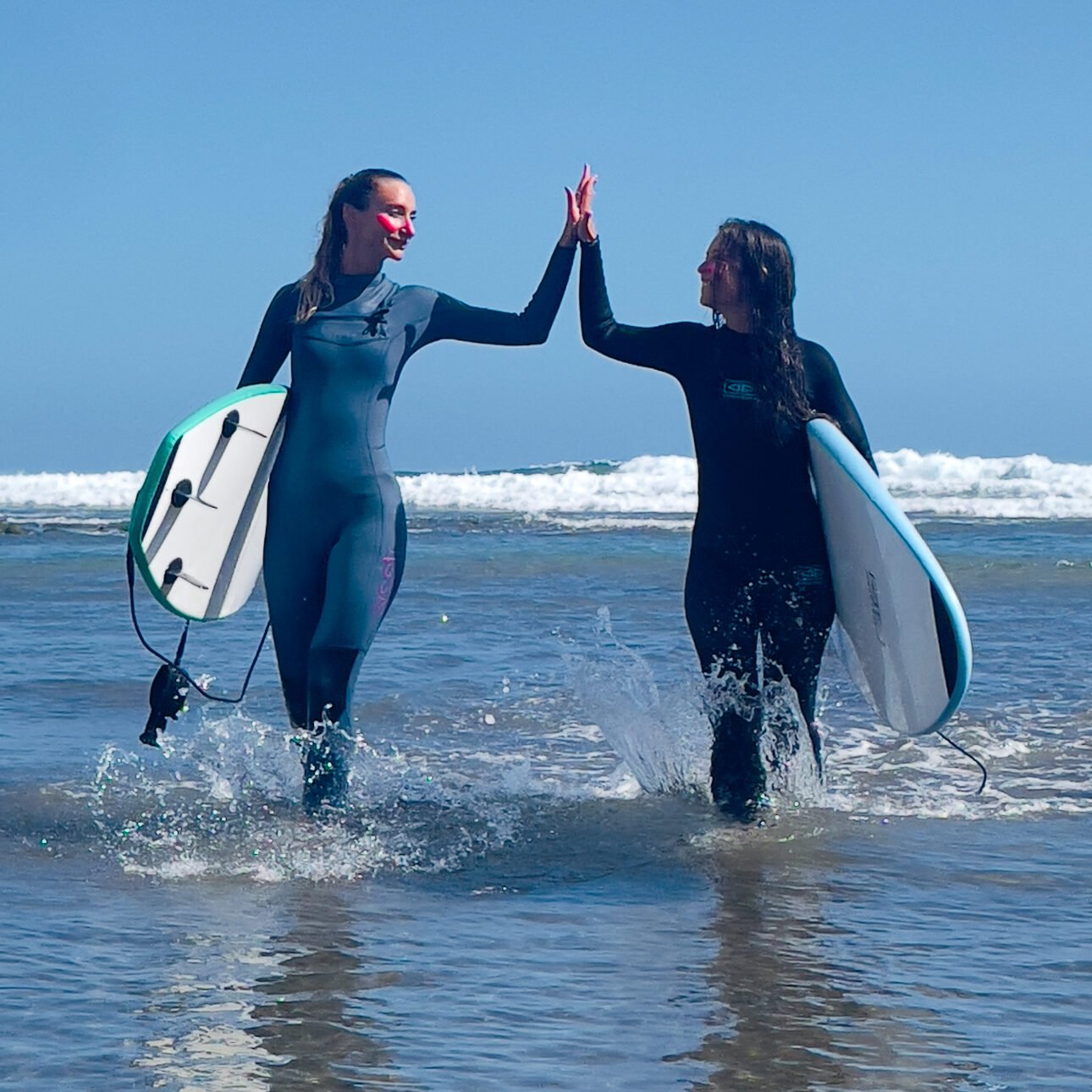
Final Thoughts: Surf Progress Is a Journey, Not a Destination
Surfing better isn’t just about riding bigger waves. It’s about learning to read the ocean, respecting others, building physical and mental strength, and enjoying every session—even the wipeouts.
So now you know: train, gear up, learn the rules—and get back out there.